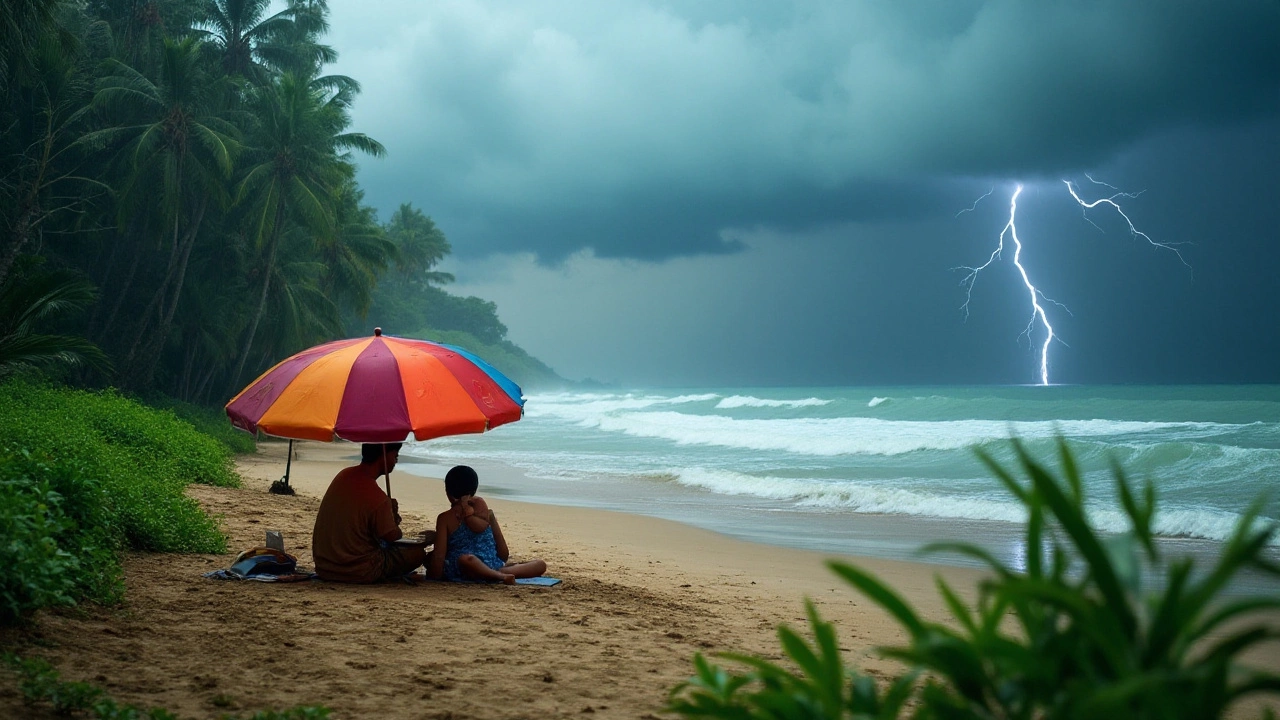SEARCH
Ocean Safety for Indian Beach Lovers
India’s coastline stretches over 7,500 km, offering everything from quiet island getaways to bustling party beaches. The sea can be amazing, but it also hides risks you might not expect. This guide gives you easy tips to stay safe, whether you’re splashing in Lakshadweep, catching waves in Goa, or exploring a hidden cove in Kerala.
Plan Before You Hit the Water
First thing: check local weather and tide tables. A sunny day can turn choppy fast, especially during the monsoon. Apps and local tourism offices update tide times; note the high‑tide windows when currents are strongest.
Next, find out if the beach has a lifeguard patrol. Beaches like Baga in Goa and Kadmat in Lakshadweep often have trained guards during peak season. If there’s no lifeguard, bring a floatation device and stay within sight of the shore.
What to Do While You’re in the Water
Never swim alone. Pair up, especially if you’re not a strong swimmer. Keep an eye on the color of the water – greenish or murky water can signal strong currents or pollutants.
Learn the local signs. In many Indian beach towns, red flags mean "danger – do not swim," while yellow flags suggest "caution, watch out for currents." If you see a flag, respect it – locals know the conditions better than any guidebook.
If you’re trying water sports like jet‑skiing or parasailing, make sure the operator is licensed. Ask to see their safety equipment: life jackets, fire extinguishers, and first‑aid kits. A reputable service will give you a quick safety briefing before you start.
Watch out for marine life. Sea urchins, jellyfish, and occasional reef fish can cause painful stings. Wear water shoes to protect your feet, and if you get stung, rinse with seawater (not fresh water) and apply a cool compress.
Sun protection is part of ocean safety, too. The reflection off water intensifies UV rays, so slather on waterproof sunscreen, wear a hat, and reapply every two hours. Hydrate often – the combination of sun and salt can drain you quickly.
Carry a small safety kit in your beach bag: a whistle, a waterproof phone case, and a basic first‑aid kit (bandages, antiseptic wipes). If you get caught in a rip current, remember the rule – don’t fight it, swim parallel to the shore until you’re out of the current, then head back in.
When you finish your swim, rinse off with fresh water if possible. This removes salt and sand, reducing skin irritation and protecting any open cuts from infection.
Finally, respect local guidelines and cultural practices. In some coastal villages, certain areas are sacred or reserved for fishing. Ignoring these rules can lead to conflicts or unsafe situations.
By planning ahead, listening to local signals, and staying equipped, you can enjoy India’s amazing oceans without worry. So pack your sunscreen, grab a float, and get ready for safe, unforgettable beach days.

Is Swimming in the Indian Ocean Safe? A Traveler's Guide
Swimming in the Indian Ocean along India's coast offers a unique experience, yet it's crucial to know about the potential risks and precautions. The diverse geography and varying sea conditions require travelers to be informed about safe swimming practices. Learn about jellyfish warnings, monsoon impacts, and local safety measures to ensure a pleasant and secure beach visit. With an understanding of local guidelines, you can confidently enjoy India's stunning beach destinations. Equip yourself with essential knowledge to have a safe and enjoyable time in India's coastal waters.
Continue reading